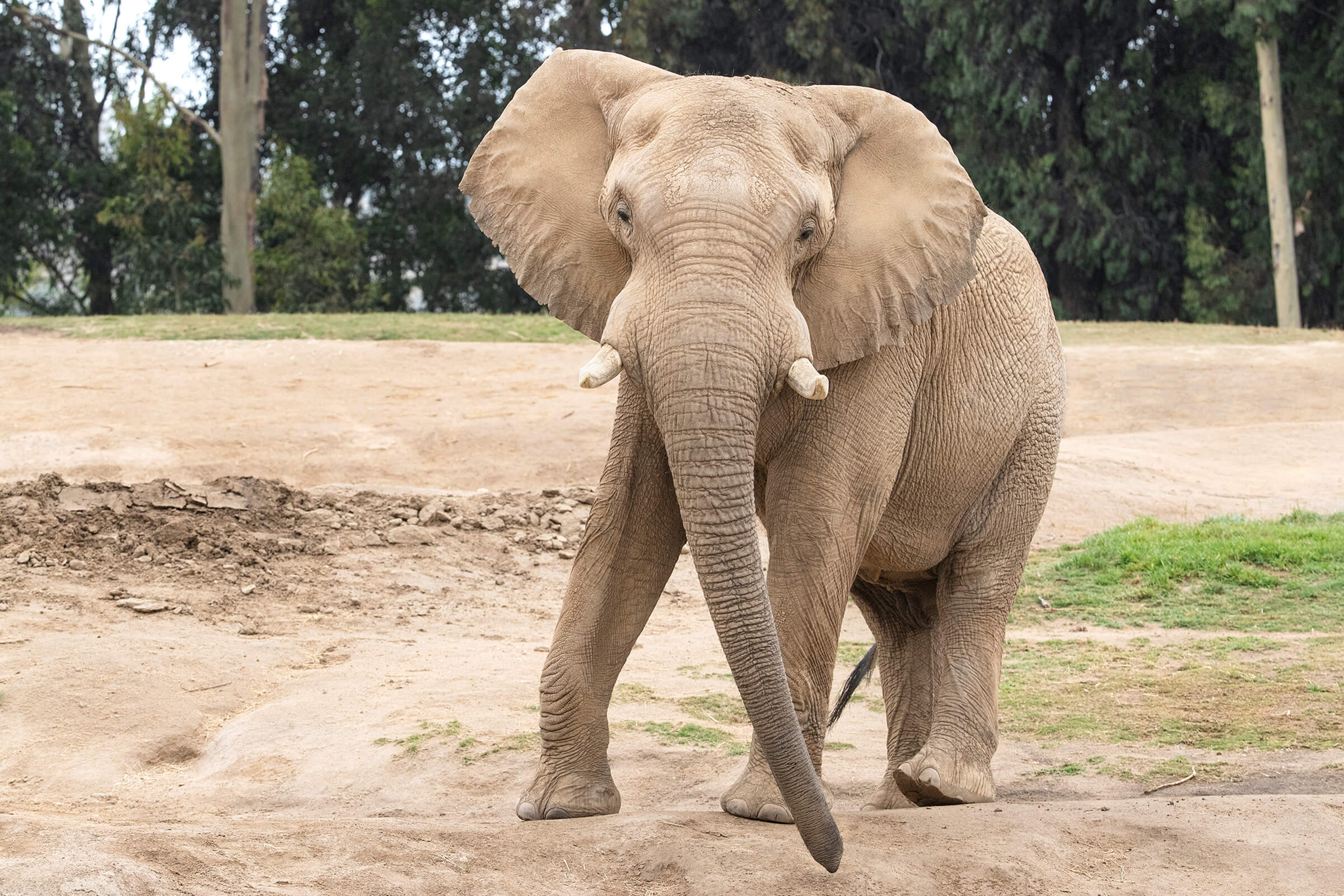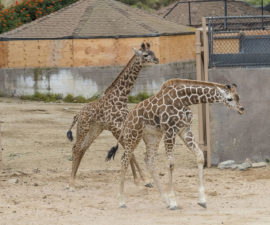BY Karyl Carmignani
 Veins transport blood to the heart, and arteries carry it away.
Veins transport blood to the heart, and arteries carry it away.
They pump, beat, throb, race, flutter, and stop. Figuratively, they can be made of gold, or stone, or be worn on your sleeve. They are essential to life, lyrics, and lore; the brave follow it, the honest listen to it. The human heart is an organ like no other! This fist-sized, 11-ounce muscle, crucial to survival, supplies oxygen and nutrients to tissues of its owner while removing carbon dioxide and other wastes. It is a wonder to behold, unobtrusively beating about 100,000 times per day, pumping 2,000 gallons of blood through miles of vessels and veins. But what about other animals’ hearts? Does every species have one? Only one? Are they similar in structure? While anything cardio is breathtakingly complex and elegant, there are fascinating attributes and surprises in different animal hearts to share. Perhaps it’s time for a little, uh, heart-to-heart about the inner workings of some of our friends in the Animal Kingdom.
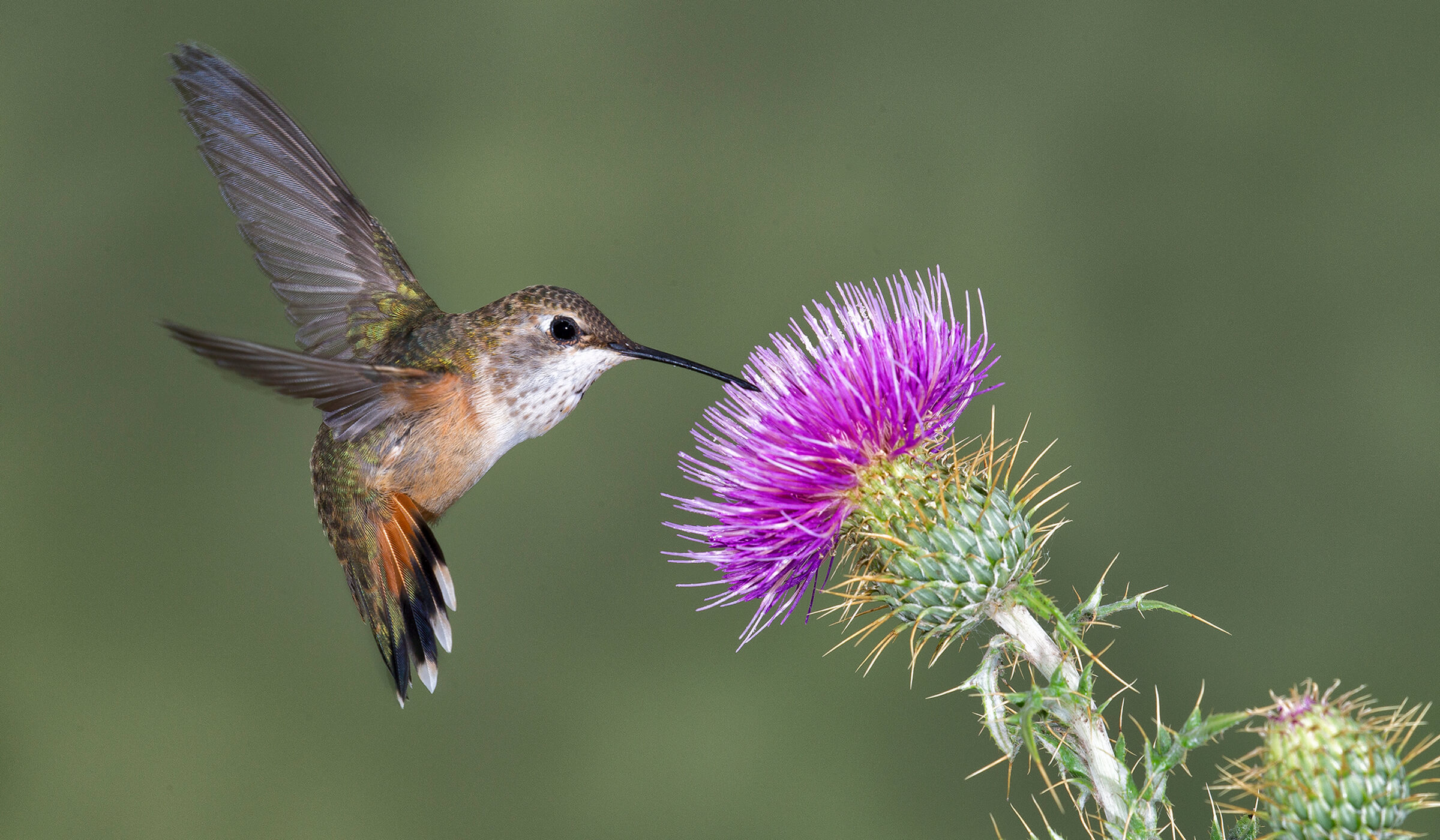
Crazy Hearts
Heart rates (beats per minute) usually correlate to the size of the animal: tiny creatures like hummingbirds and pygmy shrews out-beat larger animals like blue whales and elephants. A healthy human heart beats about 72 times per minute, while a hibernating groundhog thrums just 5 times per minute. On the other end of the spectrum, a male golden-collared manakin’s heart can hit 1,300 beats per minute during its energetic courtship dance. This is one of the highest heart rates of any bird or mammal.
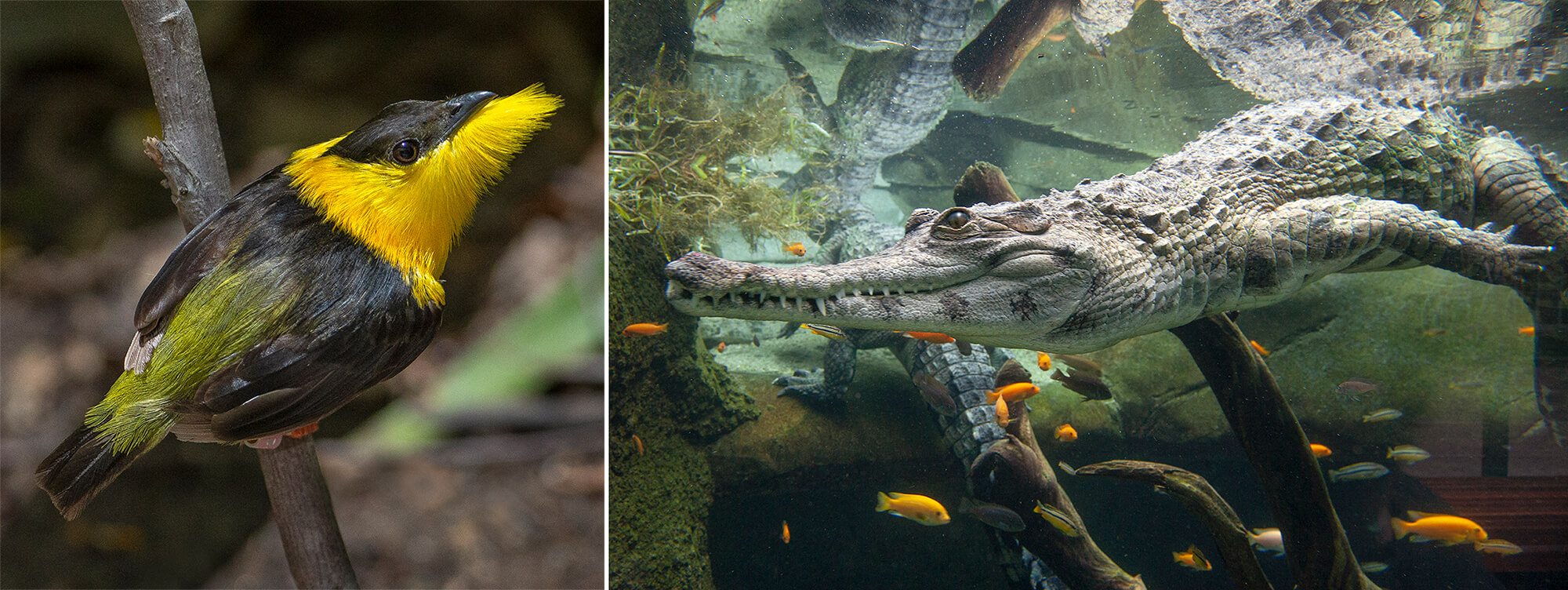
HEARTS AFLUTTER
The golden-collared manakin’s (left) courtship display literally sends his heart racing! Crocodilians are the only type of reptile with a four-chambered heart, like mammals and birds.
The structure of animal hearts varies: mammals, birds, and crocodilians have four-chambered hearts, while most reptiles and amphibians have three, and fish have two. Four-chambered hearts consist of two atria, where blood enters the heart, and two ventricles that pump the blood out of the heart. Oxygenated blood is separated from the nonoxygenated, which improves efficiency and is useful for the warm-blooded lifestyles of mammals and birds. Interestingly, crocodilians are the only reptiles with a four-chambered heart, but with two aortas. Their complex heart has a nifty valve that allows it to stop blood flow from the heart and lungs, and allows it to circulate through the body, which enables them to “hold their breath” underwater for over 380 minutes.

Oceans of Love
But some species are quite literally heartless. Seastars, sea cucumbers, corals, and jellyfishes have fared quite well for millions of years without any heart at all. Then there’s the octopus, which apparently can’t get enough—they have three hearts, two that pump blue, copper-rich blood to its gills, and a larger heart that circulates blood throughout the rest of its body. (Why blue blood? In an octopus, the molecules that carry oxygen—called hemocyanin—contain copper. Our blood is red, because the molecules that carry oxygen in human blood—called hemoglobin—contain iron.)

HEART DIVERSITY IN THE SEA
Octopuses have blue blood, due to high levels of copper in their blood, which is pumped by its three hearts. Seastars, for all their colorful underwater glory, have no hearts at all. Zebrafish (blue striped fish, above) can grow back heart tissue if necessary. Quite a feat!
But the heart hog of the sea is the hagfish: it has four pumping hearts! Meanwhile, the zebrafish can survive a broken heart just fine, since they can regenerate their heart in just two months, even after 20 percent of the muscle is damaged.

 The smallest mammal, the pygmy shrew weighs in at 3 grams but has a mighty heart, beating over 1,000 times per minute.
The smallest mammal, the pygmy shrew weighs in at 3 grams but has a mighty heart, beating over 1,000 times per minute.
Be Still My Beating Heart
One of the most “chilling” cardio feats is that of the wood frog (above). These three-inch-long amphibians live in high-latitude ecosystems, where winters may come hard and fast. Surviving months of subzero temperatures takes some serious specialized physiological adaptations. Usually, freezing the fluid in live cells is dangerous because water expands as it freezes, and the sharp lattice of ice crystals rips the cell walls apart. However, the wood frog can manage frigid temps by manufacturing an ingenious blend of “antifreeze” made of its own urine (stored in its blood) and a blast of glucose from its liver, which prevents its blood from freezing even as the rest of its tissues are frozen in time. The frog shuts down—its heart stops beating, lungs and other organs cease, and up to 60 percent of its body is frozen solid for up to two weeks. The wood frog can dip in and out of this suspended animation until the spring thaw. Scientists have noted that the frog’s heart “resumes beating even before ice in the body has completely melted, and pulmonary respiration and blood circulation are restored soon thereafter.” This species found a “cold-hearted” way to outsmart winter!

Eat Your Heart Out
When you only take a meal once or twice a month, your body is bound to do some wild things as your hunger is satiated. So it is for the python. After a giant meal, the python’s heart enlarges by about 40 percent, as a smorgasbord of fatty acids are absorbed from its feast. This added heart power puts digestion on the fast track, though it still takes several days. Stranger still, as it absorbs the fatty acids, its blood turns the color of milk. Do not try this at home.
Speaking of life on the ground, an earthworm gets through its heartfelt existence with five “pseudohearts,” called aortic arches, that wrap around its esophagus. These mini contraptions don’t exactly pump blood, but rather squeeze vessels to circulate blood in its body. Earthworms absorb oxygen through their moist skin, so they don’t need an honest-to-goodness heart to circulate oxygen.
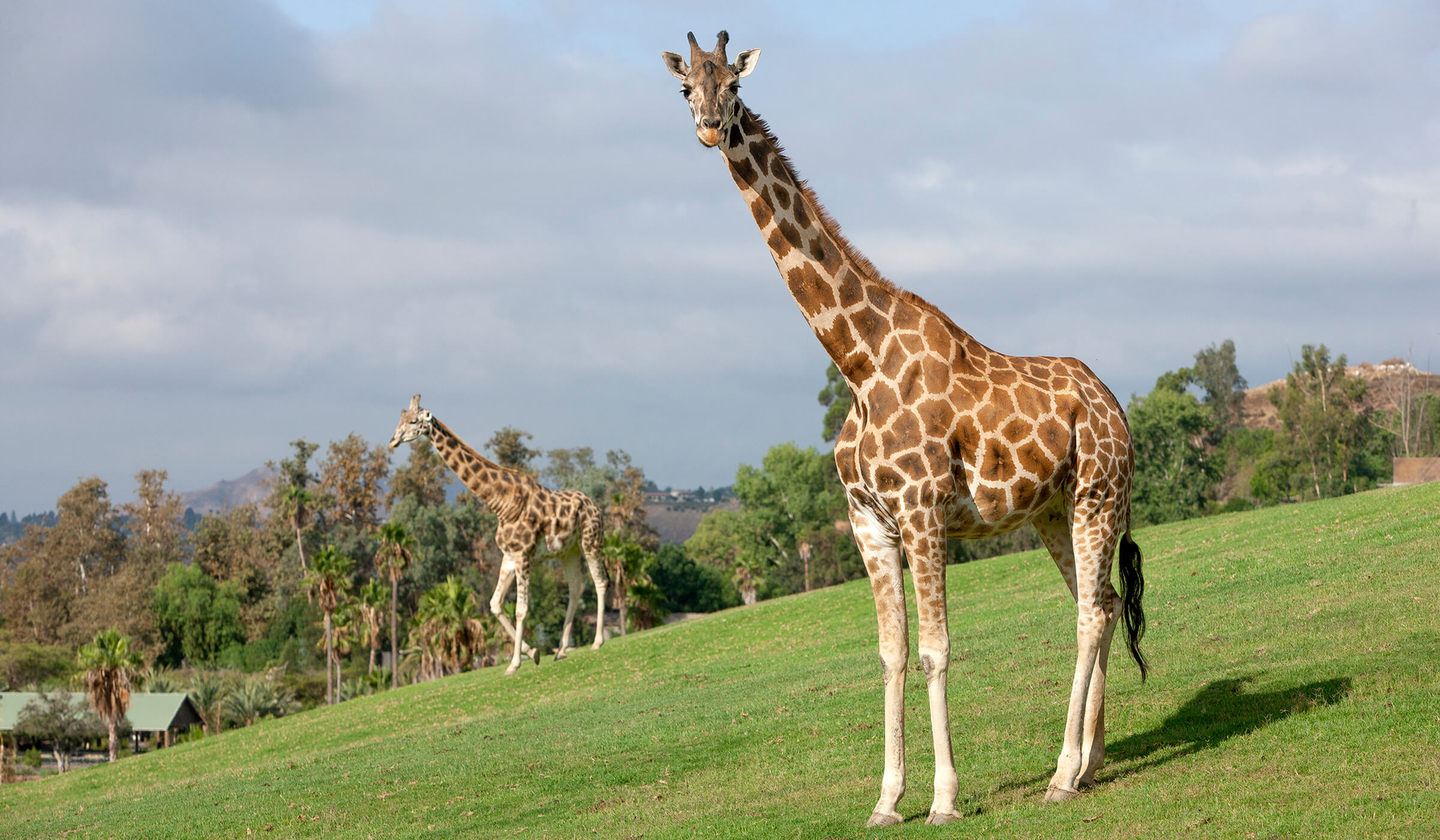
Heart Throb
One of the most perplexing heart-to-brain oxygen trails has got to be in the giraffe. While their hearts are not unusually large for their body size, they are functionally quirky. The giraffe’s left ventricle has the difficult job of pumping blood uphill at least six feet to its head, so that bulging muscle is over three inches thick, while the right ventricle only has to send blood to the nearby lungs, so that side is only about a half-inch thick. This asymmetry of the heart is why they don’t get dizzy when they stand up.
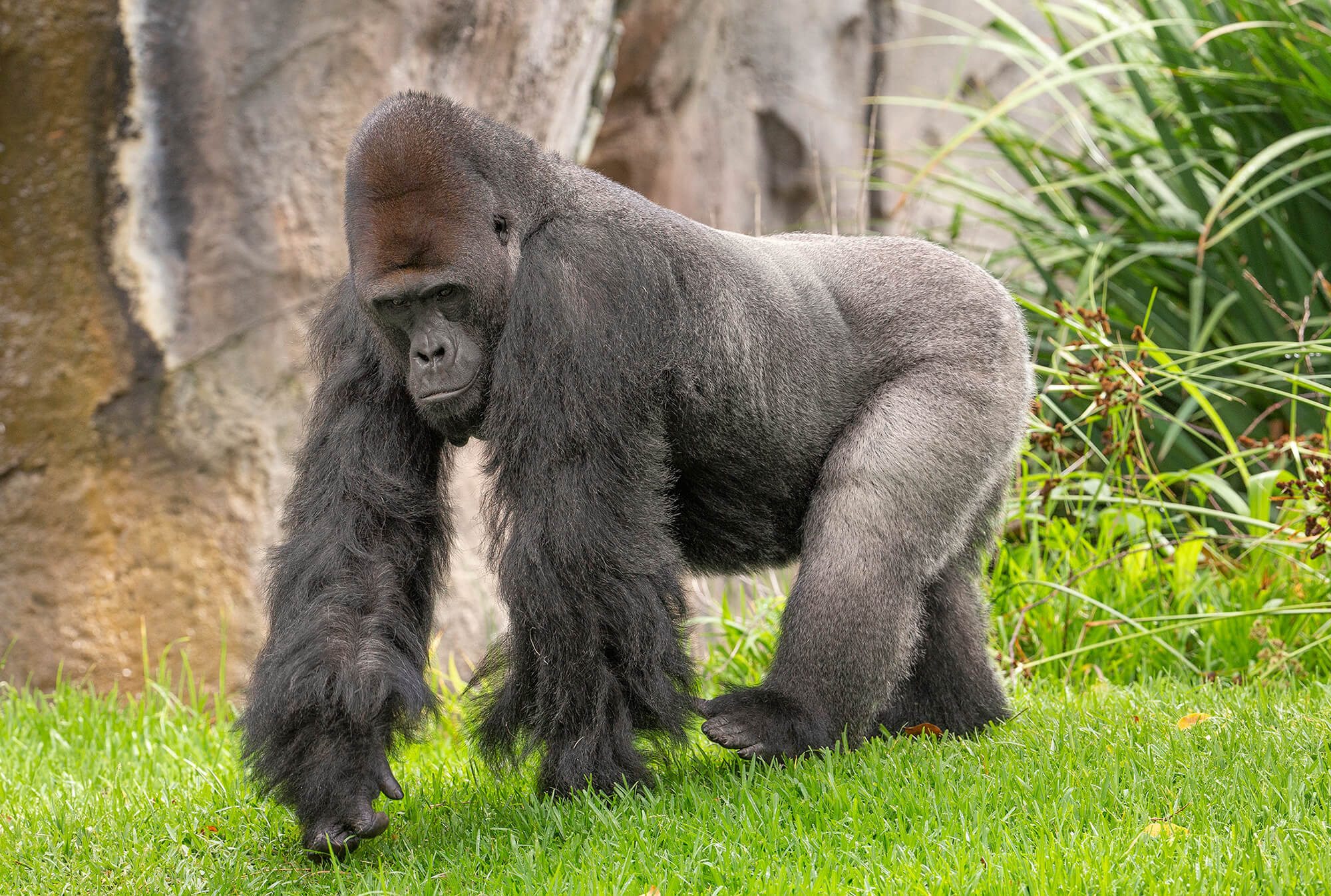
HEART HEALTH
Male gorillas may get heart disease early in life, so Zoo staff have worked diligently to train the apes (through positive reinforcement) to participate in ultrasounds on their heart without anesthesia. Monitored over time, the heart data is shared with the Gorilla Cardiac Database, started by Zoo Atlanta, which will benefit this species for generations to come.
 The 40,000-pound blue whale, the largest living animal today, has a 400 pound heart that can pump a bathtub full (about 58 gallons) of blood—per beat!
The 40,000-pound blue whale, the largest living animal today, has a 400 pound heart that can pump a bathtub full (about 58 gallons) of blood—per beat!
The heart of a western lowland gorilla is nearly identical to that of a human. Both species can suffer from heart disease, but they exhibit different kinds of heart disease. People are prone to fatty plaque buildup inside arteries, which obstructs heart function. Gorillas, in contrast, get a gradual thickening of heart muscle walls (called fibrosing cardiomyopathy), which blocks electrical impulses and weakens the heart’s ability to pump blood. However, humans and apes are prescribed the same medication—beta blockers and ACE inhibitors—with the dosage adjusted to the patient’s size.
It’s clear that hearts know no bounds in the animal world. We are all united in the beating, pumping, racing goal of survival. The mysteries and duties within different cardio muscles are clearly worth exploring. Cross my heart.
Photos by: Ken Bohn/SDZG Photographer; Tammy Spratt/SDZG Photographer; isoft / E+ / Getty Images (Zebrafish); tane-mahuta / iStock / Getty Images Plus (Octopus); RLSPHOTO / iStock / Getty Images Plus (Starfish); SteveByland / iStock / Getty Images Plus (Wood frog); Frank Woerle / Auscape / Minden Pictures (Python)

